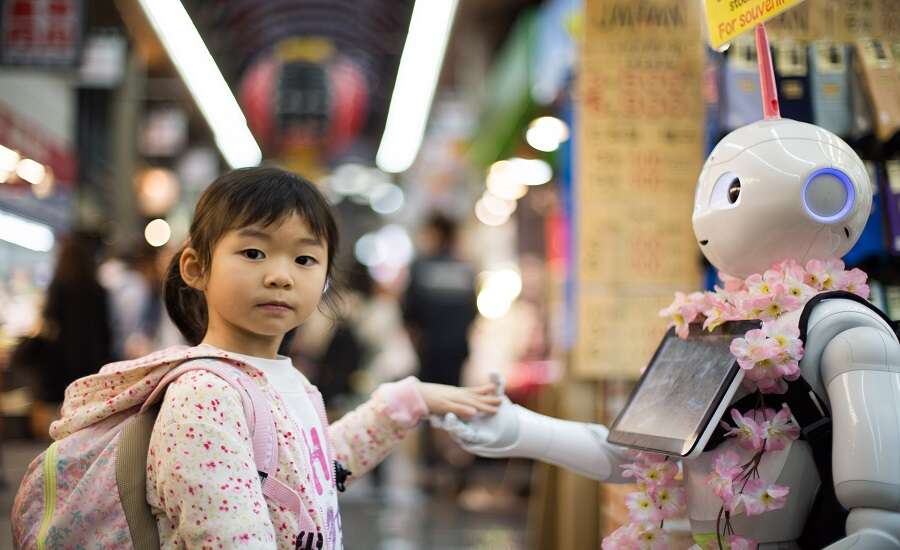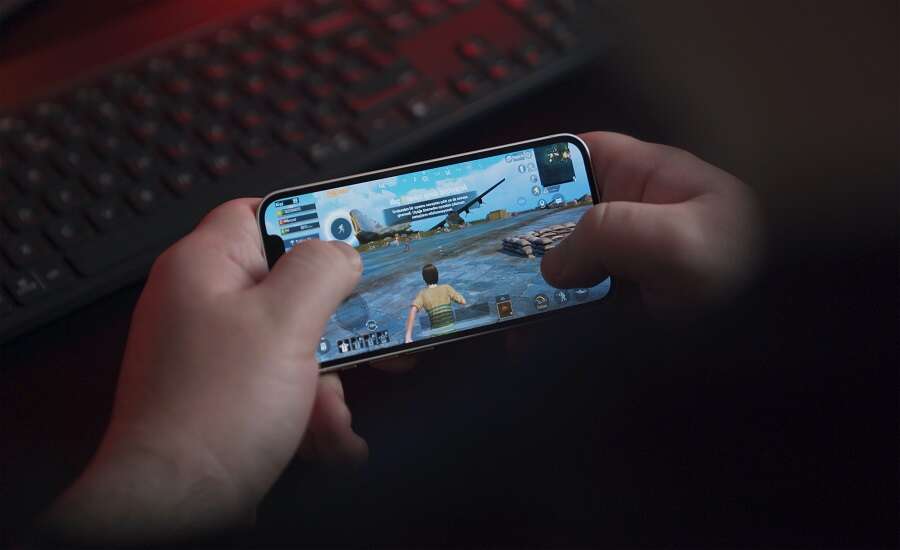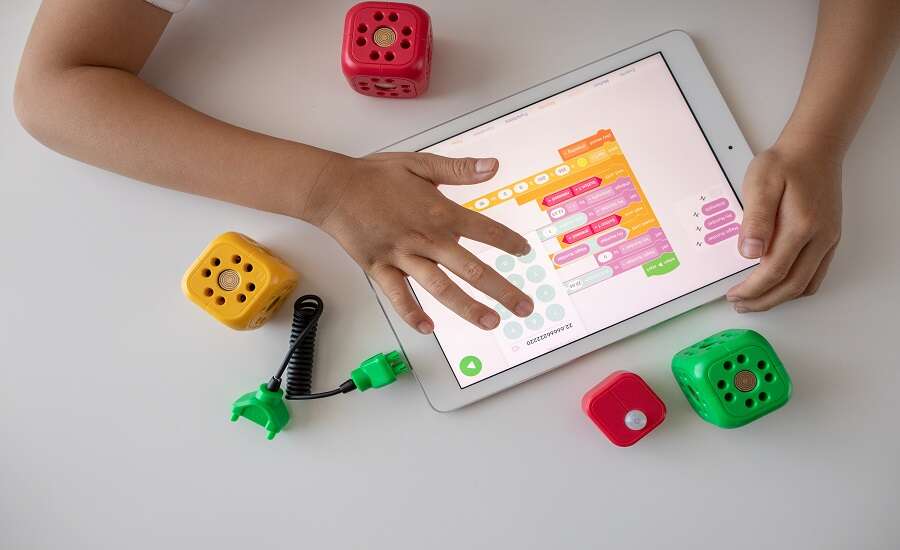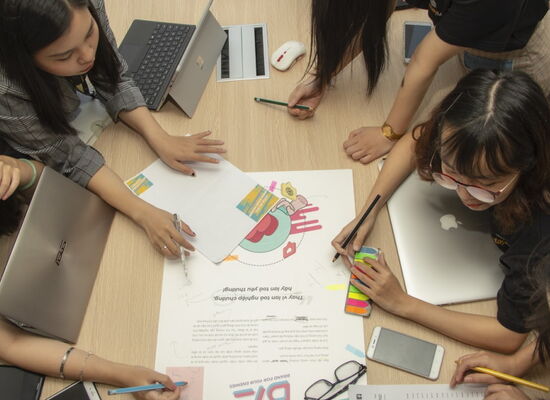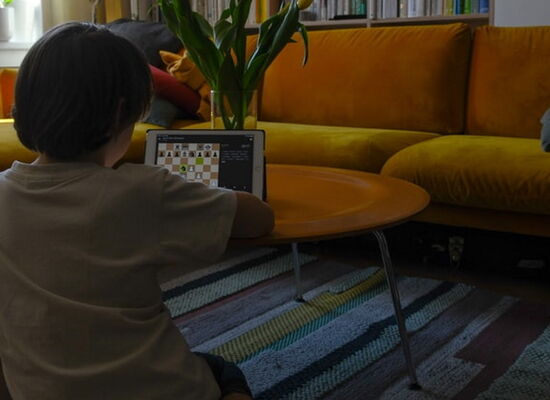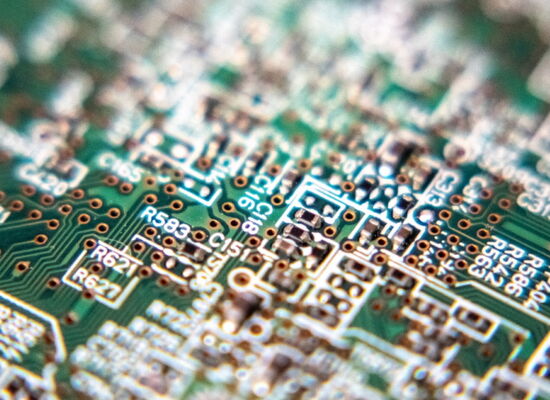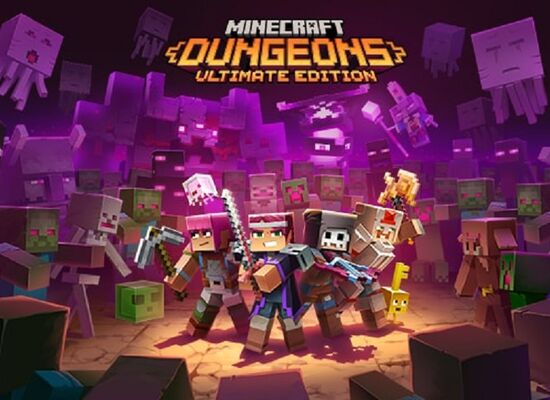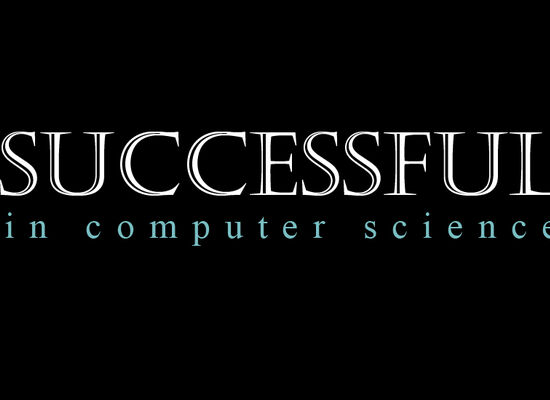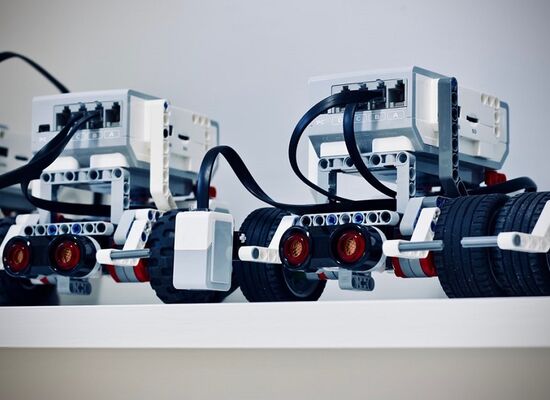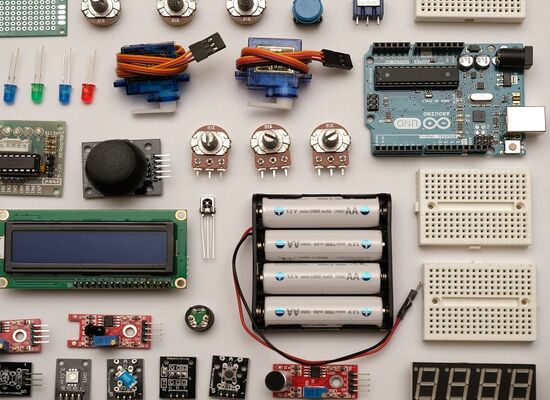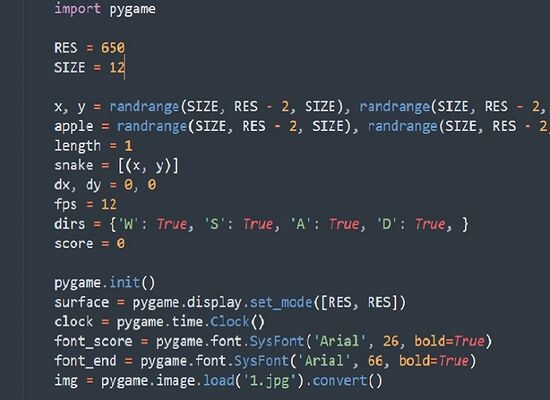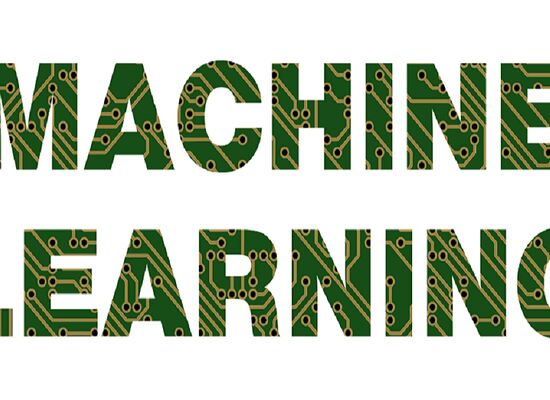How Do You Explain Machine Learning and Artificial Intelligence (AI) To Kids?
3 July, 2021
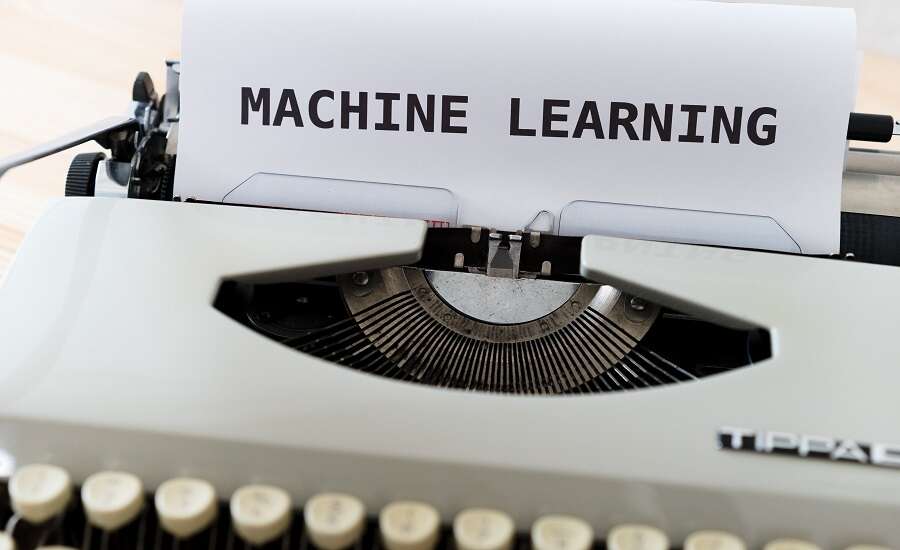
How can you explain machine learning in a simple way to your kid?
- Show them everyday situations where they encounter machine learning – playing video games, using social media and watching YouTube videos
- Think of machine learning like a school for computers, where the human is the teacher showing the questions and answers and the computer is the attentive student
- Compare a computer’s learning process with a human’s: a computer can acquire knowledge, memories and experiences in the same way as a human brain does!
How Eo You Explain Machine Learning and Artificial Intelligence (AI) To Kids?
When we delve into the world of programming, some seriously technical terminology can emerge. But before your kids’ eyes glaze over, there are ways to explain concepts of technology in a way that they can understand.
Machine learning is one complicated-sounding field – an application of artificial intelligence (AI) whereby computers are programmed to autonomously learn from data they are given and make independent decisions based on this information. Sounds complex, right? Actually, this is not a field accessible solely to the brightest of technical minds, but is also open to younger learners. Here are three ideas you can explore to introduce machine learning to your kids.
Kids encounter machine learning in everyday life
Anywhere a computer bases their responses around something your kid has done or is doing – that’s machine learning. This might sound abstract, but your kids encounter this every day when:
- Playing videogames: when a bot responds to your child’s character in a game, that is machine learning in action. This makes the games much more exciting and challenging.
- Using social media: browsing Instagram or TikTok, certain posts are shown and in a certain order. Machine learning selects the most interesting content for its users (and is clever enough to keep them scrolling all day long).
- Searching for things on YouTube: it can be too easy to end up in a YouTube rabbit-hole – you finish one video, another appears, and an hour later you’re watching 10 Secrets of the Deep Sea. How does the platform know what to suggest next? Machine learning.
Machine learning is like a school for computers
Think about machine learning algorithms as a kind of school for computers, where the humans are the teachers and the computers are the students listening attentively. When you are in class the teacher shows you the questions and answers and provides examples of things you need to learn. And practice makes perfect, right? To teach a computer to learn, programmers show it examples of questions and correct answers – known as the dataset – to build its knowledge.
As time progresses the computer is faced with yet more questions and more answers, but it is not told what the correct answer is and must make a prediction based on what it has learnt before comparing its answers to the correct ones in the dataset. Initially, the computer’s answers will be randomly selected and often incorrect. But as time goes on and the computer encounters more and more questions and finds out the correct answers, it slowly learns to correct itself and make better future predictions.
Think of it like a multiple choice quiz in school. If you have done no revision then your answers will be totally random – and your teacher will have to keep reminding you of the correct ones. If you’ve studied a bit, maybe you’re still not 100% sure if a, b or c is correct, but you can make an educated guess based on your other knowledge (and maybe based on which letters have come up most frequently elsewhere in the quiz…). Eventually, you’ll be a straight-A student and your teacher won’t have to guide you so much.
Machine learning creates a computer’s brain
All of these questions and answers form a computer’s neural network, which is similar to the neural network of human brains! People make decisions based on experiences and information they have already learnt and form neural pathways in their brains. Similarly, the computer receives some data, feeds it through its neural network, and makes a decision without needing to receive explicit information every single time. Translating this into real-life human experiences can make this easier for kids to understand.
Let’s look at some examples of human learning:
A kid’s favourite food is pizza, and every year they go to an Italian restaurant for their birthday. The big day is coming up and their dad is looking to select a restaurant to celebrate. Knowing what he knows about his kid, he’s not going to suggest a Chinese takeaway – he’ll book a table at their favourite pizza place instead!
Let’s look at the example of machine learning:
Your kid has been scrolling through Instagram and looking at photos of tasty burritos. They’re feeling peckish, so they search ‘nice café nearby’. When the search engine receives this data, it is aware that the kid has been looking at these photos, and decides to show them the closest Mexican restaurant nearby.
It’s understandable to feel concerned (or even creeped out) that a computer is tracking our every move over multiple platforms. But that’s what machine learning is: it is learning from you and suggesting things based on what it knows about you, and it is an inevitability of our technologically dependent life. And, let’s be honest, it really can be convenient!
How can kids learn machine learning and artificial intelligence?
Now that we’ve explained the basics, how can your kids get to grips with machine learning? Machine learning engineers require knowledge of Python, Java and JavaScript – professional text-based languages which are suitable even for kids to learn. Coding classes are the first step in a child’s journey towards understanding machine learning, which can open up a world of future opportunities!
Photo by Markus Winkler, Andy Kelly, Onur Binay, NeONBRAND, Roman Kraf, Robo Wunderkind on Unsplash
